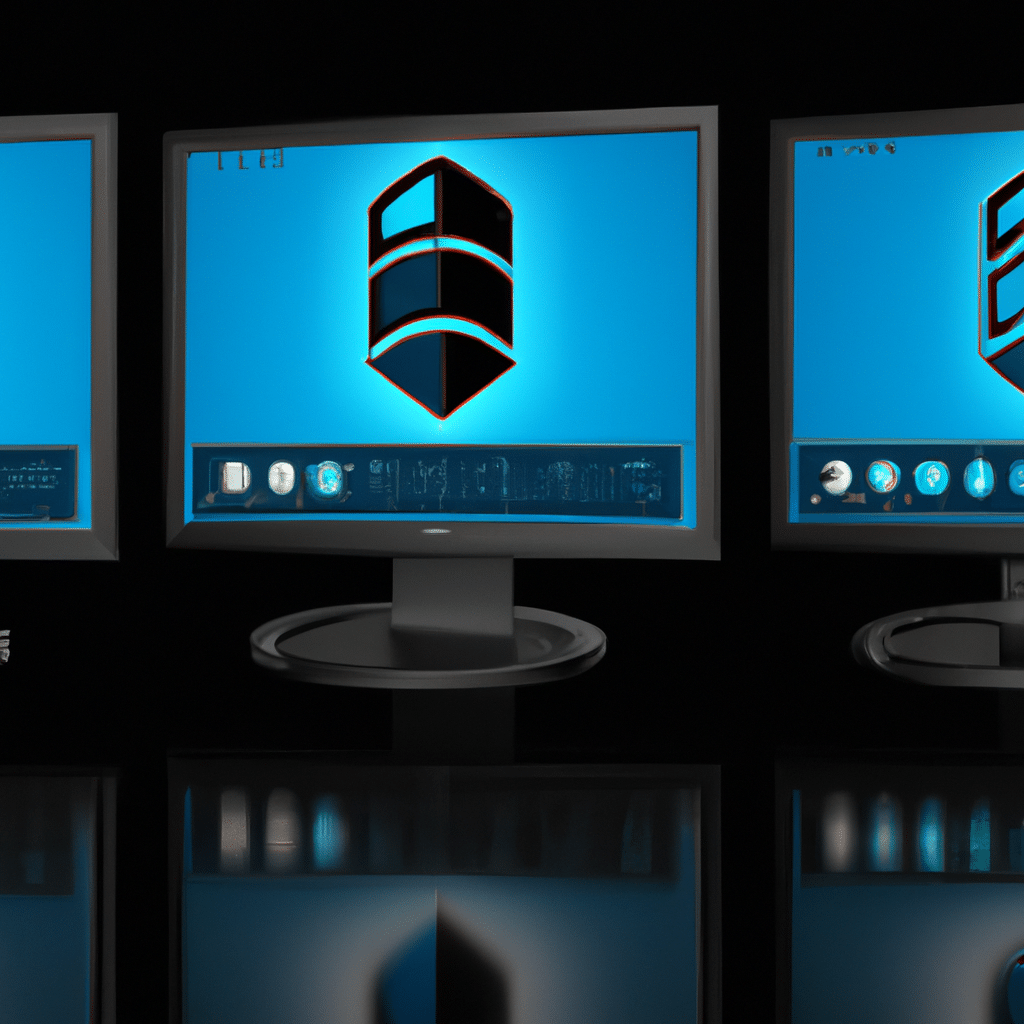When it comes to digital forensics, the operating system you use can make a significant difference. It is essential to choose an operating system that provides the necessary tools and features for forensic analysis. In this article, we will discuss the top operating systems for digital forensics that can help you perform forensic analysis and investigations effectively.

1. Windows Forensic Environment
Windows Forensic Environment (WinFE) is a lightweight Live CD/USB bootable operating system that is designed for digital forensics. It is based on Windows Preinstallation Environment (WinPE) and includes several forensic tools. WinFE is used by forensic examiners and investigators to acquire and analyze data from Windows-based systems.
WinFE provides a familiar Windows-based interface for investigators, making it easy to use. It includes several forensic tools, such as FTK Imager, X-Ways Forensics, and EnCase Forensic. These tools are used for disk imaging, file carving, registry analysis, and other forensic operations.
2. Linux Forensic Environment
Linux Forensic Environment (LFE) is a Live CD/USB bootable operating system that is designed for digital forensics. It is based on the Linux operating system and includes several forensic tools. LFE is used by forensic examiners and investigators to acquire and analyze data from Linux-based systems.
LFE provides a command-line interface for investigators, making it suitable for advanced users. It includes several forensic tools, such as The Sleuth Kit, Autopsy Forensic Browser, and Foremost. These tools are used for file carving, disk imaging, and other forensic operations.
3. SANS SIFT
SANS SIFT (SANS Investigative Forensic Toolkit) is a Live CD/USB bootable operating system that is designed for digital forensics. It is based on Ubuntu Linux and includes several forensic tools. SANS SIFT is used by forensic examiners and investigators to acquire and analyze data from various systems.
SANS SIFT provides a graphical user interface for investigators, making it easy to use. It includes several forensic tools, such as Volatility Framework, Wireshark, and Bulk Extractor. These tools are used for memory analysis, network traffic analysis, and other forensic operations.
4. DEFT Linux
DEFT (Digital Evidence and Forensics Toolkit) Linux is a Live CD/USB bootable operating system that is designed for digital forensics. It is based on Ubuntu Linux and includes several forensic tools. DEFT Linux is used by forensic examiners and investigators to acquire and analyze data from various systems.
DEFT Linux provides a graphical user interface for investigators, making it easy to use. It includes several forensic tools, such as Autopsy Forensic Browser, Dhash, and Scalpel. These tools are used for file carving, hash analysis, and other forensic operations.
5. Kali Linux
Kali Linux is a popular Linux distribution that is used for penetration testing and digital forensics. It includes several forensic tools and is widely used by forensic examiners and investigators.
Kali Linux provides a graphical user interface for investigators, making it easy to use. It includes several forensic tools, such as The Sleuth Kit, Autopsy Forensic Browser, and Wireshark. These tools are used for disk imaging, file carving, network traffic analysis, and other forensic operations.
6. REMnux
REMnux is a Linux distribution that is designed for malware analysis and reverse engineering. It includes several forensic tools that are used by forensic examiners and investigators.
REMnux provides a command-line interface for investigators, making it suitable for advanced users. It includes several forensic tools, such as Volatility Framework, YARA, and Radare2. These tools are used for memory analysis, malware analysis, and other forensic operations.
7. MacQuisition
MacQuisition is a Live CD/USB bootable operating system that is designed for Mac forensics. It is used by forensic examiners and investigators to acquire and analyze data from Mac-based systems.
MacQuisition provides a graphical user interface for investigators, making it easy to use. It includes several forensic tools, such as Axiom, BlackLight, and Oxygen Forensic Detective. These tools are used for disk imaging, file carving, and other forensic operations.
Conclusion
Choosing the right operating system for digital forensics can make a significant difference in the effectiveness of your investigations. Each of the operating systems mentioned in this article provides several forensic tools that are used by forensic examiners and investigators. Whether you choose a Windows-based, Linux-based, or Mac-based operating system, make sure it includes the necessary tools for your forensic analysis.












